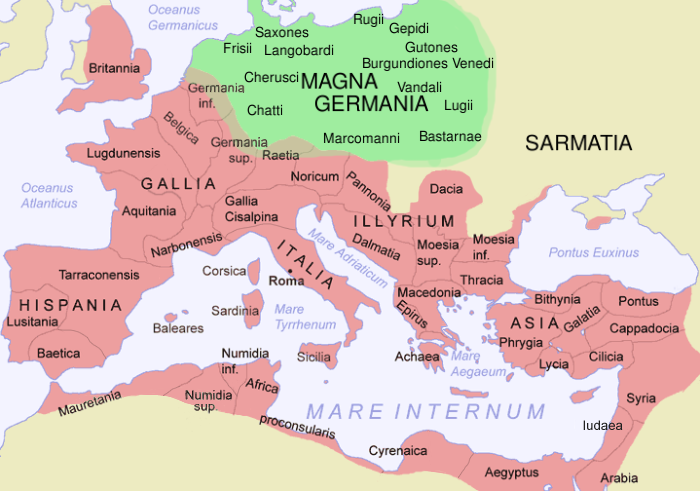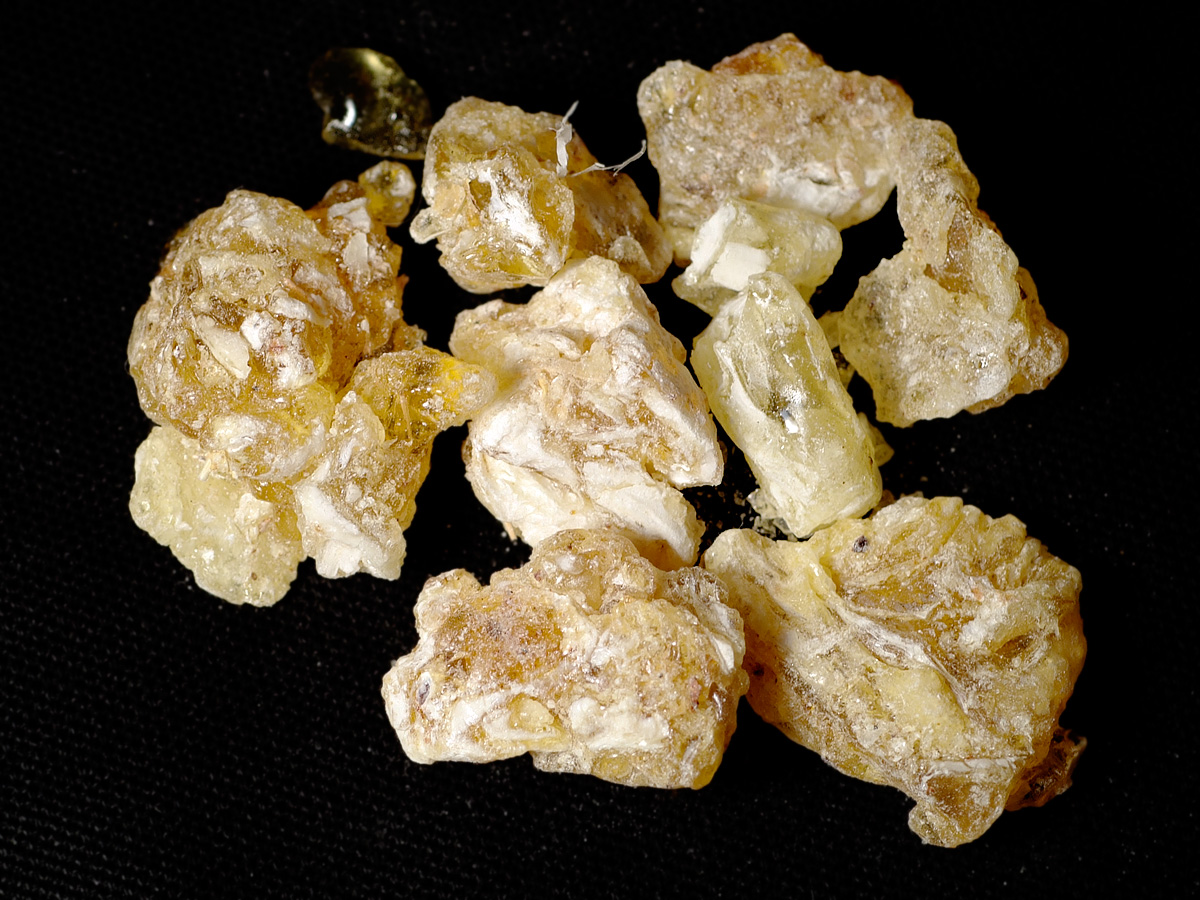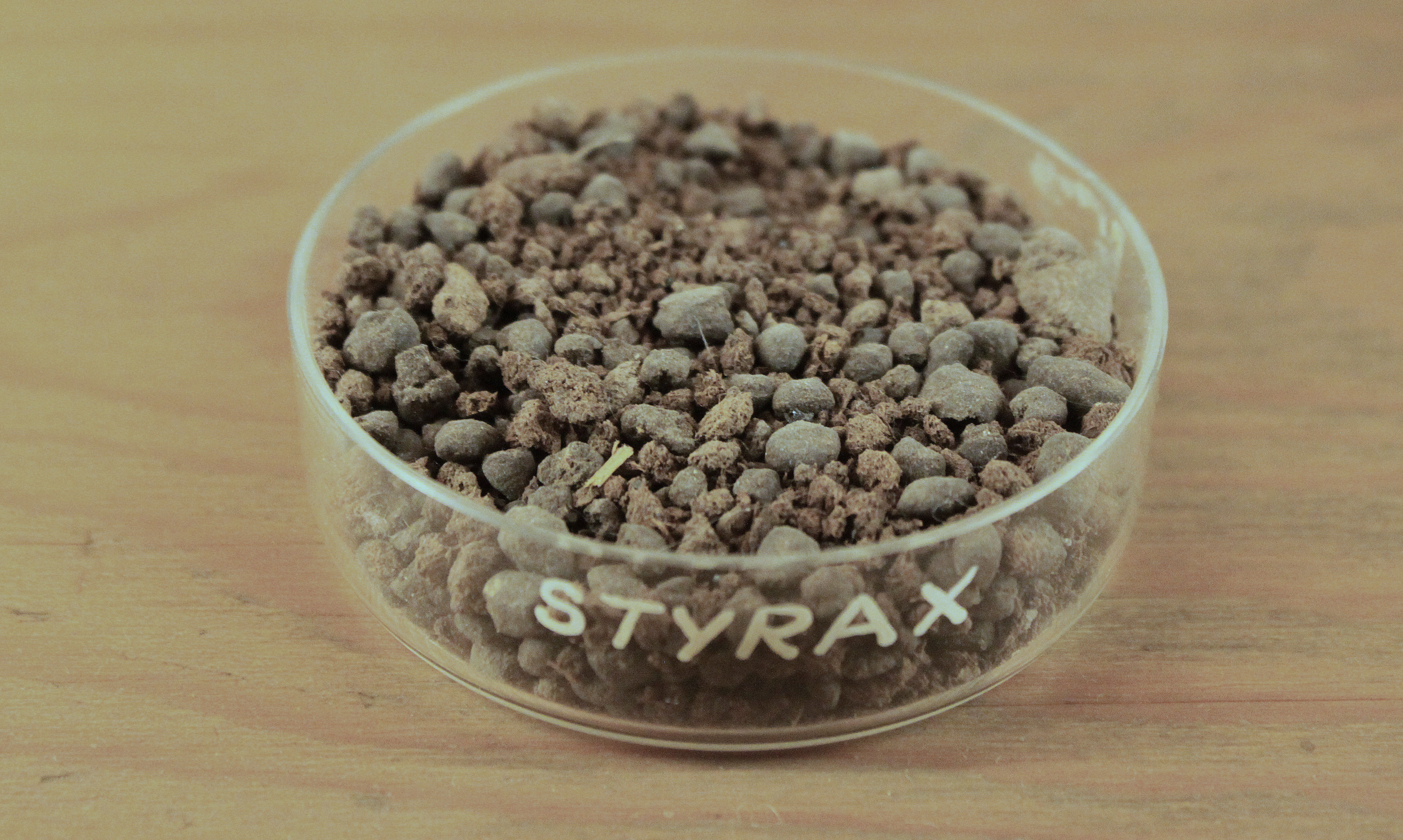|
Barbarikon
Barbarikon ( grc, Βαρβαρικόν) was the name of a sea port near the modern-day city of Karachi, Sindh, Pakistan, important in the ancient era of the Indian subcontinent in Indian Ocean trade. The port is considered one of the premiere ports regarding the interaction between ancient India with the Middle East and Mediterranean world. It comes from the Greek word of the term (also in Latin, ''barbaricum''), designating areas outside the Greco-Roman world. It may have been a translation from Sumerian word Meluhha for the sindh from which the Sanskrit word for barbarian, Mleccha derives. Barbarikon is mentioned briefly in the Periplus of the Erythraean Sea: :"This river he Indus">Indus.html" ;"title="he Indus">he Indushas seven mouths, very shallow and marshy, so that they are not navigable, except the one in the middle; at which by the shore, is the market-town, Barbaricum. Before it there lies a small island, and inland behind it is the metropolis of Scythia, Minnagara; i ... [...More Info...] [...Related Items...] OR: [Wikipedia] [Google] [Baidu] |
Minnagara
Minnagara ( grc, Μινναγάρ and Μιννάγαρα) was a city of the Indo-Scythian kingdom, located on the Indus river in modern Pakistan, north of the coastal city of Barbaricum, or along the Narmada river, upstream of Barygaza. There were two cities named Minnagara, one on Indus River delta near Karachi and the other at Narmada River delta near modern Bharuch. Minnagara is mentioned in the 1st century CE Periplus of the Erythraean Sea: :"Beyond this region (Gedrosia), the continent making a wide curve from the east across the depths of the bays, there follows the coast district of Scythia, which lies above toward the north; the whole marshy; from which flows down the river Sinthus, the greatest of all the rivers that flow into the Erythraean Sea, bringing down an enormous volume of water (...) This river has seven mouths, very shallow and marshy, so that they are not navigable, except the one in the middle; at which by the shore, is the market-town, Barbaricum. Befo ... [...More Info...] [...Related Items...] OR: [Wikipedia] [Google] [Baidu] |
Karachi
Karachi (; ur, ; ; ) is the most populous city in Pakistan and 12th most populous city in the world, with a population of over 20 million. It is situated at the southern tip of the country along the Arabian Sea coast. It is the former capital of Pakistan and capital of the province of Sindh. Ranked as a beta-global city, it is Pakistan's premier industrial and financial centre, with an estimated GDP of over $200 billion ( PPP) . Karachi paid $9billion (25% of whole country) as tax during fiscal year July 2021 to May 2022 according to FBR report. Karachi is Pakistan's most cosmopolitan city, linguistically, ethnically, and religiously diverse, as well as one of Pakistan's most secular and socially liberal cities. Karachi serves as a transport hub, and contains Pakistan’s two largest seaports, the Port of Karachi and Port Qasim, as well as Pakistan's busiest airport, Jinnah International Airport. Karachi is also a media center, home to news channels, film and fashi ... [...More Info...] [...Related Items...] OR: [Wikipedia] [Google] [Baidu] |
Lycium
''Lycium'' is a genus of flowering plants in the nightshade family, Solanaceae. The genus has a disjunct distribution around the globe, with species occurring on most continents in temperate and subtropical regions. South America has the most species, followed by North America and southern Africa. There are several scattered across Europe and Asia, and one is native to Australia.Fukuda, T., et al. (2001)Phylogeny and biogeography of the genus ''Lycium'' (Solanaceae): Inferences from chloroplast DNA sequences. ''Molecular Phylogenetics and Evolution'' 19(2), 246-58. Common English names for plants of this genus include box-thorn''Lycium''. The Jepson eFlora 2013. and desert-thorn. There are about 70 to 80 [...More Info...] [...Related Items...] OR: [Wikipedia] [Google] [Baidu] |
Bdellium
Bdellium (also bdellion or false myrrh) is a semi-transparent oleo-gum resin extracted from ''Commiphora wightii'' plants of India, and from ''Commiphora africana'' trees growing in sub-saharan Africa. According to Pliny the best quality came from Bactria. Other named sources for the resin are India, Arabia, Media, and Babylon. Composition Bdellium consists of a water-soluble gum, a resin, and an essential oil. The essential oil of ''Commiphora africana'' contains predominantly α-thujene, α- and β-pinene, and p-cymene. Uses Bdellium is used in perfumery, as incense, and in traditional medicine. It is an adulterant of the more costly myrrh. Name Middle English, from Latin, from Greek βδέλλιον. ''Commiphora africana'' resin is also known as ''African bdellium''. History Theophrastus is perhaps the first classical author to mention bdellium, if the report that came back from his informant in Alexander's expedition refers to ''Commiphora wightii'': "In the re ... [...More Info...] [...Related Items...] OR: [Wikipedia] [Google] [Baidu] |
Barbaricum
Barbaricum (from the gr, Βαρβαρικόν, "foreign", "barbarian") is a geographical name used by historical and archaeological experts to refer to the vast area of barbarian-occupied territory that lay, in Roman Empire, Roman times, beyond the frontiers or ''Limes (Roman Empire), limes'' of the Roman Empire in North, Central and South Eastern Europe, the "lands lying beyond Roman administrative control but nonetheless a part of the Roman world". During the Late Antiquity, it was the Latin name for those tribal territories not occupied by Rome that lay beyond the Rhine and the Danube (but not for Sassanid Empire, Persia): Ammianus Marcellinus used it, as did Eutropius (historian), Eutropius. The earliest recorded mention appears to date to the early 3rd century. In research literature, the terms 'Germania', which actually means Germania, Magna Germania, and 'Barbaricum' are sometimes used interchangeably, but they are not entirely identical in the chronological or the geograp ... [...More Info...] [...Related Items...] OR: [Wikipedia] [Google] [Baidu] |
Sea Port
A port is a maritime facility comprising one or more wharves or loading areas, where ships load and discharge cargo and passengers. Although usually situated on a sea coast or estuary, ports can also be found far inland, such as Hamburg, Manchester and Duluth; these access the sea via rivers or canals. Because of their roles as ports of entry for immigrants as well as soldiers in wartime, many port cities have experienced dramatic multi-ethnic and multicultural changes throughout their histories. Ports are extremely important to the global economy; 70% of global merchandise trade by value passes through a port. For this reason, ports are also often densely populated settlements that provide the labor for processing and handling goods and related services for the ports. Today by far the greatest growth in port development is in Asia, the continent with some of the world's largest and busiest ports, such as Singapore and the Chinese ports of Shanghai and Ningbo-Zhou ... [...More Info...] [...Related Items...] OR: [Wikipedia] [Google] [Baidu] |
Costus
''Costus'' is a group of herbaceous perennial plants in the family Costaceae, described by Linnaeus as a genus in 1753. It was formerly known as ''Hellenia'' after the Finnish botanist Carl Niclas von Hellens. It is widespread through tropical and subtropical regions of Asia, Africa, and the Americas. ''Costus'' is often characterized and distinguished from relatives such as ''Zingiber'' (true ginger) by its spiraling stems. The genus as a whole is thus often called spiral gingers, but this can also refer to '' C. barbatus'' specifically. '' Costus spectabilis'' is the floral emblem of Nigeria; its flowers are represented (erroneously in red instead of yellow color) on its coat of arms. It is important not to confuse ''Costus speciosus'', ''C. spectabilis'' etc. with the herb known by the common name " costus". Some species are of importance to herbivores, such as caterpillars of the restricted demon (''Notocrypta curvifascia'') which feed on '' Costus speciosus'' (crê ... [...More Info...] [...Related Items...] OR: [Wikipedia] [Google] [Baidu] |
Gold
Gold is a chemical element with the symbol Au (from la, aurum) and atomic number 79. This makes it one of the higher atomic number elements that occur naturally. It is a bright, slightly orange-yellow, dense, soft, malleable, and ductile metal in a pure form. Chemically, gold is a transition metal and a group 11 element. It is one of the least reactive chemical elements and is solid under standard conditions. Gold often occurs in free elemental ( native state), as nuggets or grains, in rocks, veins, and alluvial deposits. It occurs in a solid solution series with the native element silver (as electrum), naturally alloyed with other metals like copper and palladium, and mineral inclusions such as within pyrite. Less commonly, it occurs in minerals as gold compounds, often with tellurium (gold tellurides). Gold is resistant to most acids, though it does dissolve in aqua regia (a mixture of nitric acid and hydrochloric acid), forming a soluble tetrachloroaurate anion. Gold is ... [...More Info...] [...Related Items...] OR: [Wikipedia] [Google] [Baidu] |
Silver
Silver is a chemical element with the Symbol (chemistry), symbol Ag (from the Latin ', derived from the Proto-Indo-European wikt:Reconstruction:Proto-Indo-European/h₂erǵ-, ''h₂erǵ'': "shiny" or "white") and atomic number 47. A soft, white, lustrous transition metal, it exhibits the highest electrical conductivity, thermal conductivity, and reflectivity of any metal. The metal is found in the Earth's crust in the pure, free elemental form ("native silver"), as an alloy with gold and other metals, and in minerals such as argentite and chlorargyrite. Most silver is produced as a byproduct of copper, gold, lead, and zinc Refining (metallurgy), refining. Silver has long been valued as a precious metal. Silver metal is used in many bullion coins, sometimes bimetallism, alongside gold: while it is more abundant than gold, it is much less abundant as a native metal. Its purity is typically measured on a per-mille basis; a 94%-pure alloy is described as "0.940 fine". As one of th ... [...More Info...] [...Related Items...] OR: [Wikipedia] [Google] [Baidu] |
Frankincense
Frankincense (also known as olibanum) is an aromatic resin used in incense and perfumes, obtained from trees of the genus ''Boswellia'' in the family Burseraceae. The word is from Old French ('high-quality incense'). There are several species of ''Boswellia'' that produce true frankincense: ''Boswellia sacra'' ( syn. ''B. bhaw-dajiana'', syn. ''B. carteri''), '' B. frereana'', '' B. serrata'' (''B. thurifera'', Indian frankincense), and '' B. papyrifera''. Resin from each is available in various grades, which depend on the time of harvesting. The resin is hand-sorted for quality. Etymology and other names The English word ''frankincense'' derives from the Old French expression , meaning 'high-quality incense'. The word in Old French meant 'noble, pure'. Although named ''frank''incense, the name is not referring to the Franks. The name of frankincense in Koine Greek (the language of the New Testament): grc-koi, λίβανος, translit=líbanos, label=none (or grc-koi, λι� ... [...More Info...] [...Related Items...] OR: [Wikipedia] [Google] [Baidu] |
Storax
Storax ( la, storax; el, στύραξ, ''stúrax''), often commercially sold as styrax, is a natural resin isolated from the wounded bark of ''Liquidambar orientalis'' Mill. (Asia Minor) and ''Liquidambar styraciflua'' L. (Central America) (Hamamelidaceae). It is distinct from benzoin (also called "storax"), a similar resin obtained from the Styracaceae plant family. Composition Purified storax contains circa 33 to 50% storesin, an alcoholic resin, both free and as cinnamic esters. Contains 5 to 15% cinnamic acid, 5 to 15% cinnamyl cinnamate, circa 10% phenylpropyl cinnamate; small amounts of ethyl cinnamate, benzyl cinnamate, and styrene, Some may contain traces of vanillin. Some sources report a resin containing triterpenic acids ( oleanolic and 3-epioleanolic acids). Uses Storax has a pleasant, floral/lilac, leathery, balsamic smell. Storax and its derivatives ( resinoid, essential oil, absolute) are used as flavors, fragrances, and in pharmaceuticals (Friar's Balsam). ... [...More Info...] [...Related Items...] OR: [Wikipedia] [Google] [Baidu] |
Coral
Corals are marine invertebrates within the class Anthozoa of the phylum Cnidaria. They typically form compact colonies of many identical individual polyps. Coral species include the important reef builders that inhabit tropical oceans and secrete calcium carbonate to form a hard skeleton. A coral "group" is a colony of very many genetically identical polyps. Each polyp is a sac-like animal typically only a few millimeters in diameter and a few centimeters in height. A set of tentacles surround a central mouth opening. Each polyp excretes an exoskeleton near the base. Over many generations, the colony thus creates a skeleton characteristic of the species which can measure up to several meters in size. Individual colonies grow by asexual reproduction of polyps. Corals also breed sexually by spawning: polyps of the same species release gametes simultaneously overnight, often around a full moon. Fertilized eggs form planulae, a mobile early form of the coral polyp which, when m ... [...More Info...] [...Related Items...] OR: [Wikipedia] [Google] [Baidu] |








